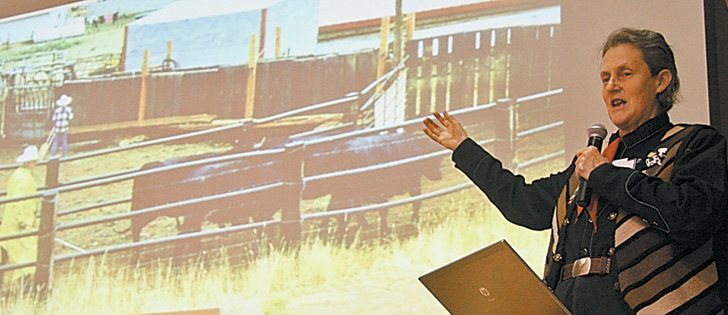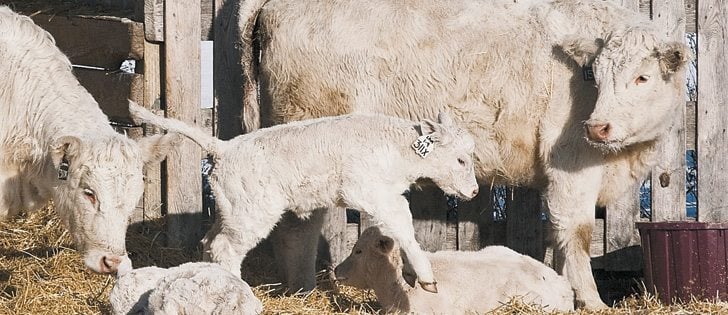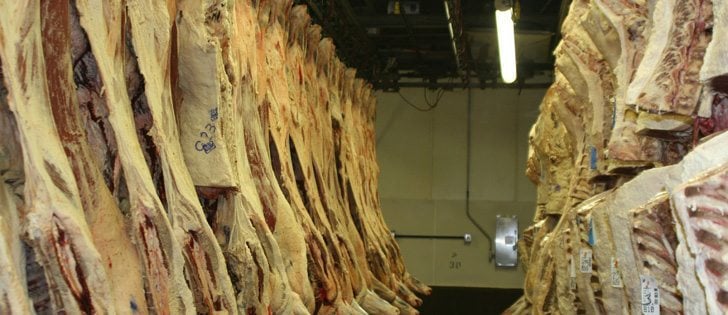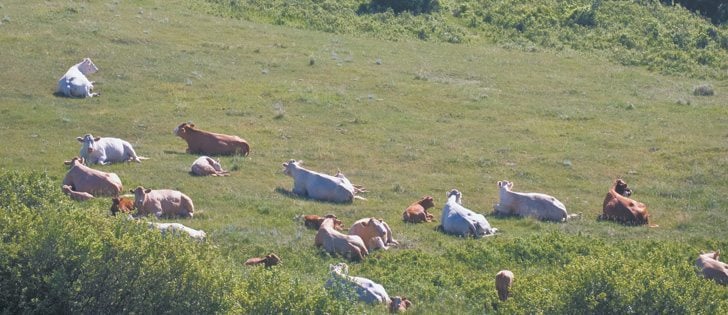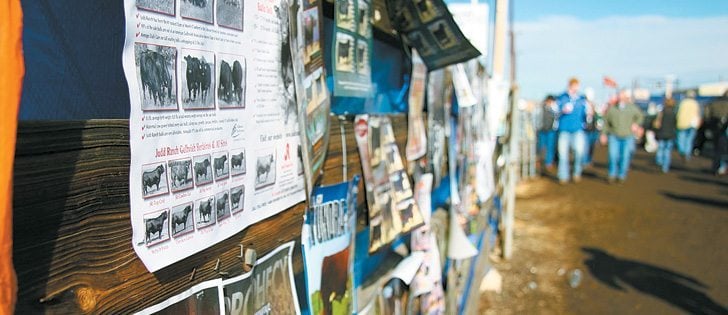An efficient and practical breeding system might not be an attractive one, says Eric Weisbeck.
“Is he crippled or is he tired? At the end of the breeding system, the bulls should look like rags,” said Weisbeck, a community pasture manager in Saskatchewan. “A good rooster is a skinny one.”
As manager of the federal Wolverine pasture, Weisbeck has watched over a system that’s seen better-than-average results.
The average age of bulls culled across the federal government’s 85 community pastures is 4.5 years, but Weisbeck’s pasture near Lanigan, Sask., achieves an average age of 7.5.
Read Also
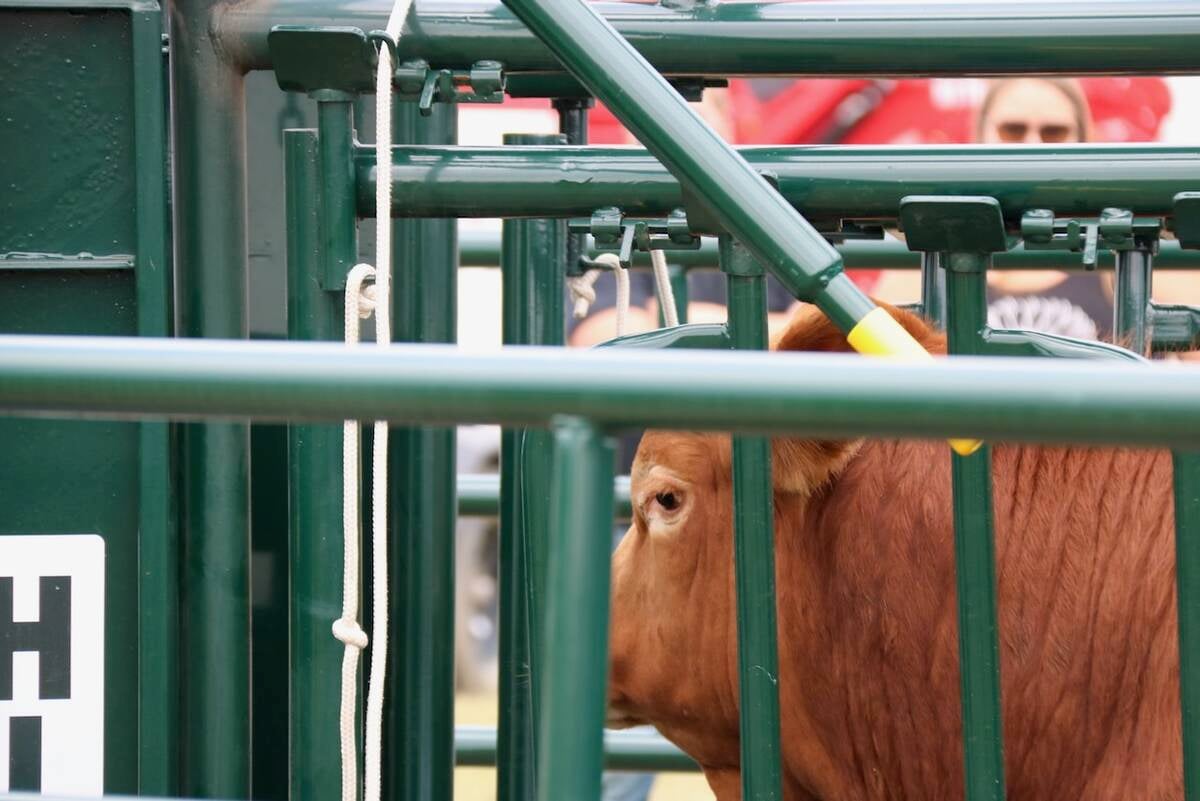
Good handling equipment a must on cattle operations
It’s important for the safety of producers and everyone else dealing with their stock that handling equipment is functional and safe.
“That’s nothing that we tried to do,” he told the Farm Animal Council of Saskatchewan’s recent stock person’s school in Saskatoon. “It just happened.”
Each bull in Wolverine’s battery is evaluated for breeding soundness in the spring and examined for various fertility factors. However, Weisbeck’s only concern is live semen.
“I don’t need a veterinarian or professional to tell me that the bull has a scab from frostbite on his scrotum,” he said.
Other factors, such as scrotal circumference, aren’t as big of a concern for a bull that’s already in the system.
“Age is almost never a sole reason that we would can a bull, and if it is, we’d can them in the fall,” he said.
He told producers they shouldn’t be too concerned about the animal’s look as new bulls come into the pasture from sales.
“The five-year-olds that you already have in the system with shaggy haired coats used be a shiny two-year-old, too,” he said. “They’ll do the job just as well.”
He said an efficient breeding program begins by training new bulls. Don’t assume new bulls have seen someone on horseback. Also, remember that a bull learns from the release of pressure rather than from pressure.
“If every time those bulls see you, you’re poking them with something sharp, you’re not going to have a calm critter there,” he said.
New bulls are kept separate from the older animals at Wolverine until they enter the field.
“It’s too much for them to try and fight off the old bulls.”
After branding, Weisbeck mixes them in with the oldest and the youngest animals. The change upsets the pecking order.
“We don’t group up age groups at all,” he said. “I want them completely mixed. A four-year-old bull is never going to fight with a yearling or vice versa.”
He said it’s vital that producers communicate with the pasture’s other patrons so that everyone has the same understanding of breeds and conception rates.



